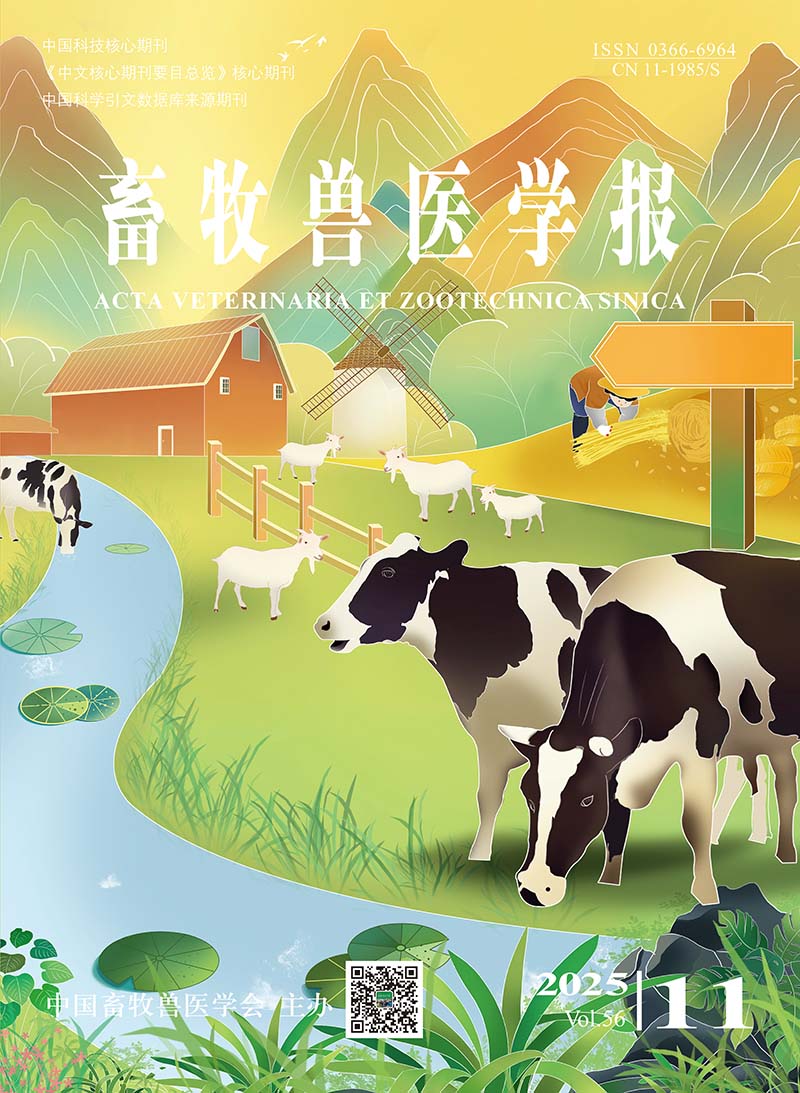-
The Correlation between General Nutritive Components, Metabolizable Energy and Enzyme Hydrolysate Gross Energy of Corn DDGS for Ducks
- WEI Jie, XIE Ming, TANG Jing, WU Yongbao, ZHANG Qi, HOU Shuisheng
-
2019, 50(10):
2032-2040.
doi:10.11843/j.issn.0366-6964.2019.10.009
-
 Abstract
(
340 )
Abstract
(
340 )
 HTML( )
HTML( )
 PDF (715KB)
(
99
)
PDF (715KB)
(
99
)
-
References |
Related Articles |
Metrics
This study was conducted to investigate the correlation between general nutritive components(GNC), metabolizable energy(ME) and enzyme hydrolysate gross energy(EHGE) of different corn DDGS for ducks. The GNC and EHGE of 11 kinds of corn DDGS with different origins were determined. Based on the EHGE results, five corn DDGS with different EHGE and the energy gradient were selected, and they were combined with corn starch to formulate 5 mixed diets with crude protein(CP) 20%. Eighty-four healthy adult male Pekin ducks were randomly divided into 7 groups, 12 ducks for each group and 2 ducks were reserved. Ducks in the first 5 groups were fed the 5 mixed diets with CP 20%, respectively, ducks in the sixth group was fed corn starch, and ducks in the seventh group was kept starving to determine endogenous energy in order to measure the apparent metabolizable energy(AME), true metabolizable energy(TME) and EHGE of different corn DDGS. The results showed that:1) There was remarkable variation in GNC among different corn DDGS, especially ether extract(EE), ash(Ash) and crude fiber(CF), and their coefficient of variation(CV) were all greater than 15%. Furthermore, the significantly positive correlation was observed between gross energy, EE and EHGE(r=0.651, P<0.05; r=0.769, P<0.01); 2) There was significantly linear positive correlation between EHGE and AME or TME of 5 mixed diets(r=0.998, P<0.000 1; r=0.999, P<0.000 1), and the regression equations were AMEmix=0.780×EHGEmix+3.096(R2=0.997, P<0.000 1), TMEmix=0.778×EHGEmix+4.556(R2=0.997, P<0.000 1); 3) The EHGE of 5 corn DDGS were 11.98, 12.73, 13.17, 14.49, 15.24 MJ·kg-1, AME were 12.41, 12.93, 13.20, 14.37, 14.68 MJ·kg-1,and TME were 13.77, 14.27, 14.57, 15.73,16.05 MJ·kg-1, respectively. And there was significantly linear positive correlation between EHGE and AME, TME(r=0.995,P=0.000 4;r=0.996,P=0.000 3), and the regression equations were AMEDDGS=0.728×EHGEDDGS+3.677(R2=0.991, P=0.000 4), TMEDDGS=0.732×EHGEDDGS+4.980(R2=0.992, P=0.000 3). There is large variation in GNC among corn DDGS with different origins, especially EE, Ash and CF; There is significantly linear positive correlation between EHGE and ME of corn DDGS and mixed diets for ducks, and ME can be predicted based on EHGE by linear regression model.






